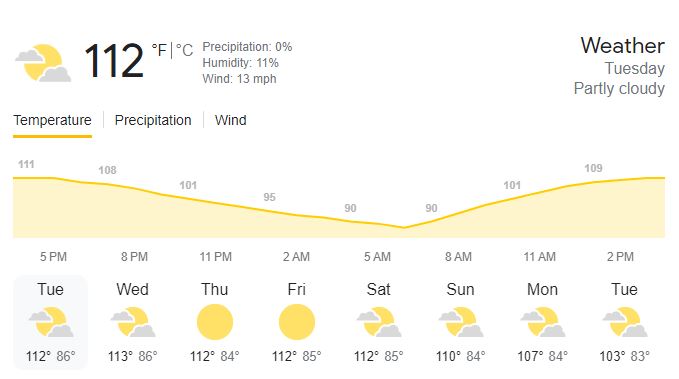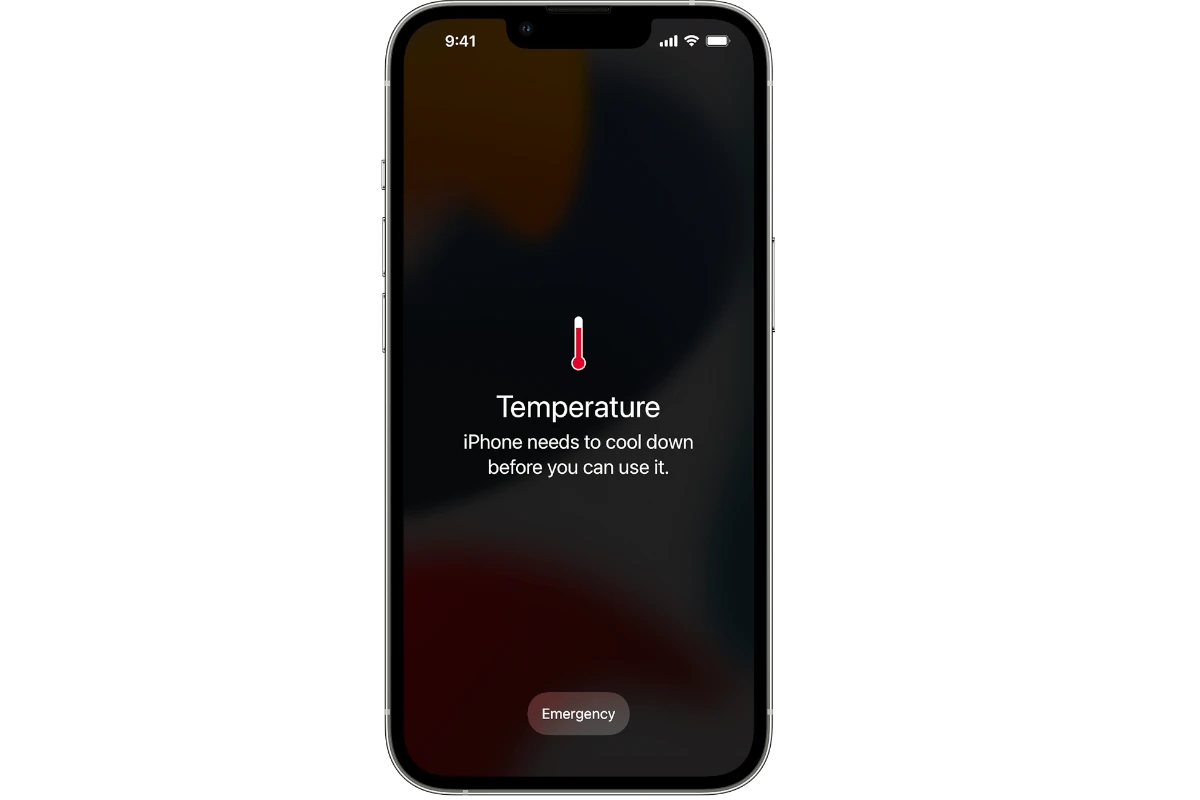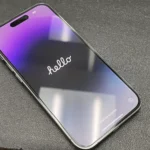Yes! Leaving a phone in a hot car can cause significant damage, especially during the summer months when temperatures inside a vehicle can soar to dangerous levels. The compact space of a car that is parked in direct sunlight can rapidly heat up, creating an environment that’s hazardous to the delicate components of smartphones. High temperatures have the potential to degrade a phone’s battery life, reduce the performance of the processor, and damage the screen. The heat stress on the device’s internals can lead to malfunction, shorten the overall lifespan of the phone, and in extreme cases, cause irreversible damage.
Can Leaving Phone in Hot Car Damage It?
| Risk | Potential Damage |
|---|---|
| Battery | Reduced lifespan, permanent damage |
| Screen | Discoloration, malfunction |
| Internal Components | Overheating, unexpected shutdowns, permanent damage |
Additional Notes:
- Extreme heat can shorten the lifespan of your phone’s battery and even permanently damage it.
- Leaving your phone in direct sunlight can worsen the effects of heat.
- In some cases, your phone may display a temperature warning and shut down to protect itself.

Smartphones are manufactured to perform within certain temperature ranges, and like many electronic devices, are sensitive to excessive heat. Heat can affect the phone’s battery, sometimes leading to swelling, leakage, or even a complete failure that renders the device useless. Additionally, prolonged exposure to high temperatures can also cause a phone to automatically shut down or prevent it from turning on as a security measure to protect internal components. It is vital to remember that while phones are robustly built, their operation and longevity can be compromised when left in conditions such as a hot car.
Key Takeaways
- Excessive heat from a hot car can damage smartphones, affecting battery, screen, and overall performance.
- Phones have ideal operating temperature ranges; surpassing these can cause the device to shut down to prevent damage.
- Preventive measures should be taken to protect phones from high temperatures, such as not leaving them in hot cars.
Effects of Heat on Smartphone Functionality
Extreme temperatures, especially high heat, can significantly impact a smartphone’s efficiency and life span. Direct sunlight and the confined space of a hot car amplify these effects, leading to a host of problems.
Battery and Charging Issues
Heat exposure can result in a smartphone’s battery losing its charge more quickly and reducing its overall lifespan. Prolonged exposure to high temperatures can lead to an overheated battery, which might cause an unexpected shutdown to prevent damage. Consistent exposure to heat can also warp the battery’s structure, potentially leading to dangerous scenarios, such as swelling or leakage.
Screen and Internal Components
Internal components and the smartphone’s screen suffer under intense heat. Adhesive materials within the phone can melt, causing permanent damage to the internal structure. The screen is particularly at risk of becoming unresponsive or, in some cases, may develop dark spots due to overheating.
System Performance and Data Integrity
High heat can lead to degraded system performance, slowing down the device and causing apps to crash or not work properly. Consistent issues with overheating can eventually lead to corruption of critical data. This might necessitate expensive repairs or require a complete replacement of the device to restore normal function.
Preventive Measures and Cooling Techniques
Keeping a phone safe from extreme temperatures is vital to its longevity and performance. Appropriate storage and immediate action to reduce heat can protect the phone from damage related to overheating.
Safe Storage and Protection
When leaving a phone in the car, it is imperative to keep it out of direct sunlight. Storing the phone in the glove compartment, center console, or any other shaded area can drastically reduce exposure to heat. Additionally, using a phone case designed to deflect sunlight can further protect the device.
Immediate Cooling Strategies
If a phone becomes too hot, turn it off or switch it to airplane mode to minimize heat generation from the battery. Placing it in front of an air conditioning vent can help lower the temperature more quickly. However, avoid using extreme temperature measures like ice or water, as these can cause moisture damage.
Maintaining Optimal Temperature
To maintain a phone at a stable temperature, avoid exposing it to hot conditions for prolonged periods. Using a fan can provide a gentle cooling effect, and phone coolers, a specialized accessory, are also an option to help keep the phone near room temperature. Monitoring the phone for heat build-up and responding with appropriate cooling techniques is key to preventing damage.
Frequently Asked Questions
When leaving your phone in a hot car, various issues may arise that could affect its performance and lifespan. Specific components might be compromised under high temperatures, leading to reduced functionality or permanent damage. Protective measures such as insulated cases can reduce these risks, although it is essential to understand what steps to take if heat exposure occurs.
What are the potential risks of leaving a smartphone in a high-temperature environment like a car?
Smartphones contain sensitive electronic parts that can be damaged under extreme heat. This could cause the battery to malfunction, the display to warp, or other internal components to fail. Overheating can also lead to data loss or hardware damage that might not be repairable.
How might extreme heat affect the functionality of an iPhone left in a vehicle?
An iPhone exposed to extreme heat may experience battery swelling, reduced battery life, or shutdowns. The adhesive that holds internal components together could melt, leading to a shift in parts or a breakdown of the phone’s structure. Performance issues are common after such exposure to heat.
What immediate steps should be taken if a phone has been exposed to excessive heat in a car?
If a phone has been in a hot car, remove it from the heat right away. Do not turn it on immediately as this could cause further damage. Let it cool down gradually at room temperature. If the phone does not operate normally after cooling, it might require professional service.
Are there specific components of a phone that are more vulnerable to heat damage?
The battery and processor are particularly susceptible to heat since they generate their own heat during operation, which compounds the external heat’s effect. Additionally, the screen and internal circuitry may also be vulnerable due to the materials they are made of, which can degrade under high temperatures.
Can the use of insulated phone cases mitigate the risks of heat damage in a parked car?
Insulated phone cases can provide a barrier against heat, but they are not foolproof. They may slow down the rate at which a phone heats up, but they cannot protect a phone indefinitely. If the car is too hot, the case will not prevent damage.
Is there a safe duration for leaving a phone in a hot car without risking damage?
There is no specific safe duration, as it depends on factors such as the car’s interior temperature, the phone’s existing temperature, and the heat tolerance of the phone’s components. It’s best to avoid leaving the phone in a car on a hot day altogether to prevent any risk of damage.







